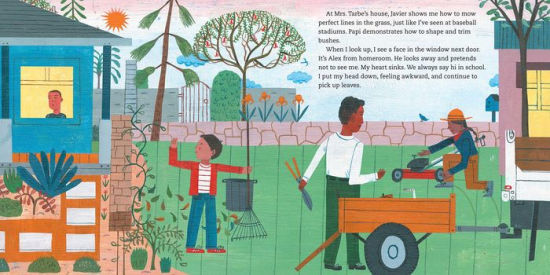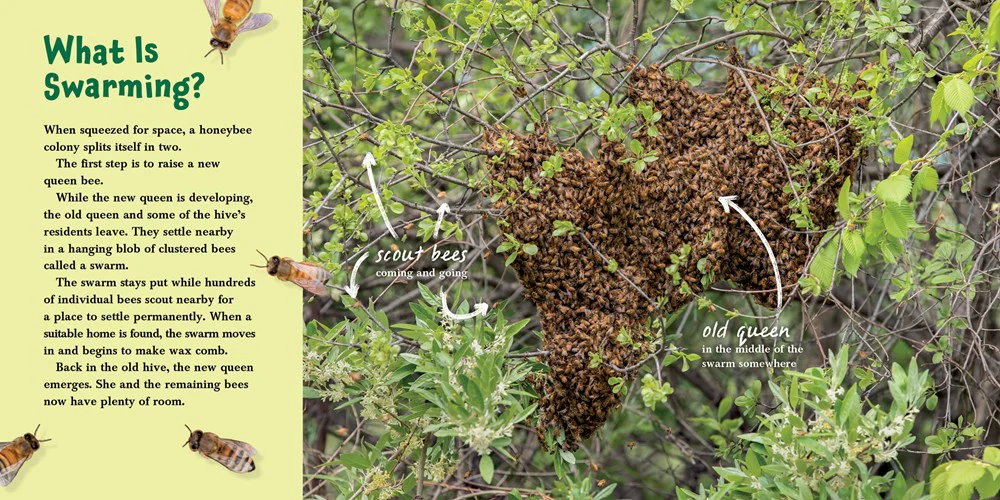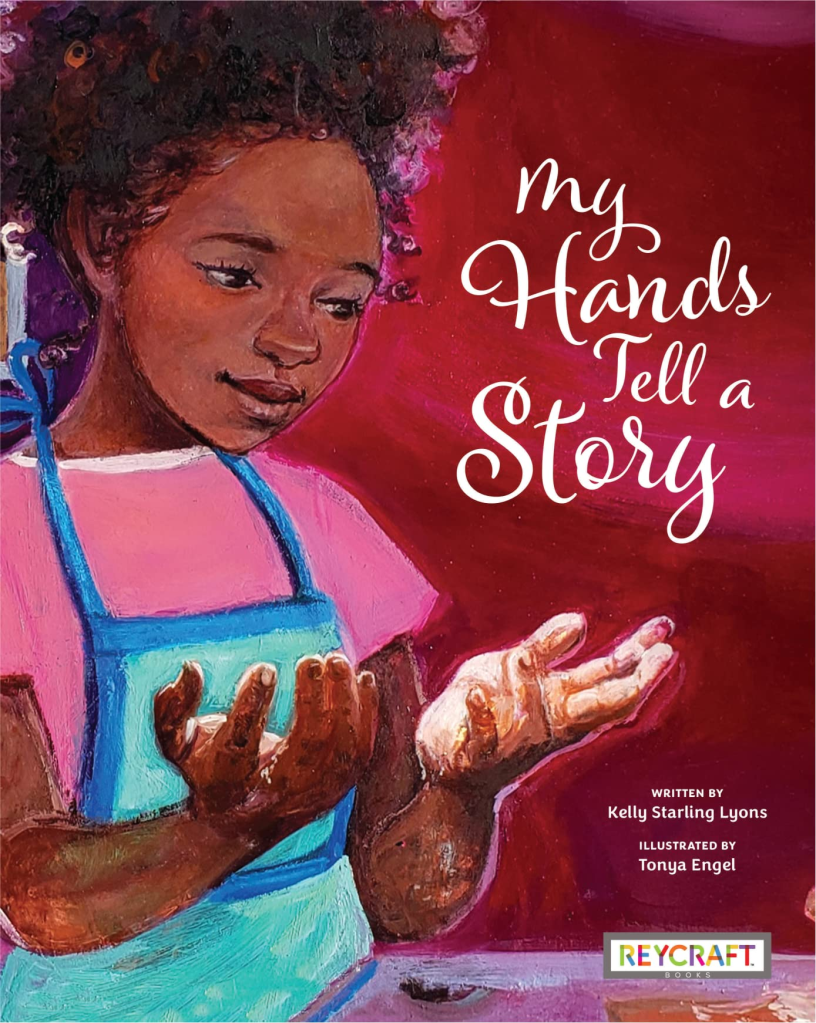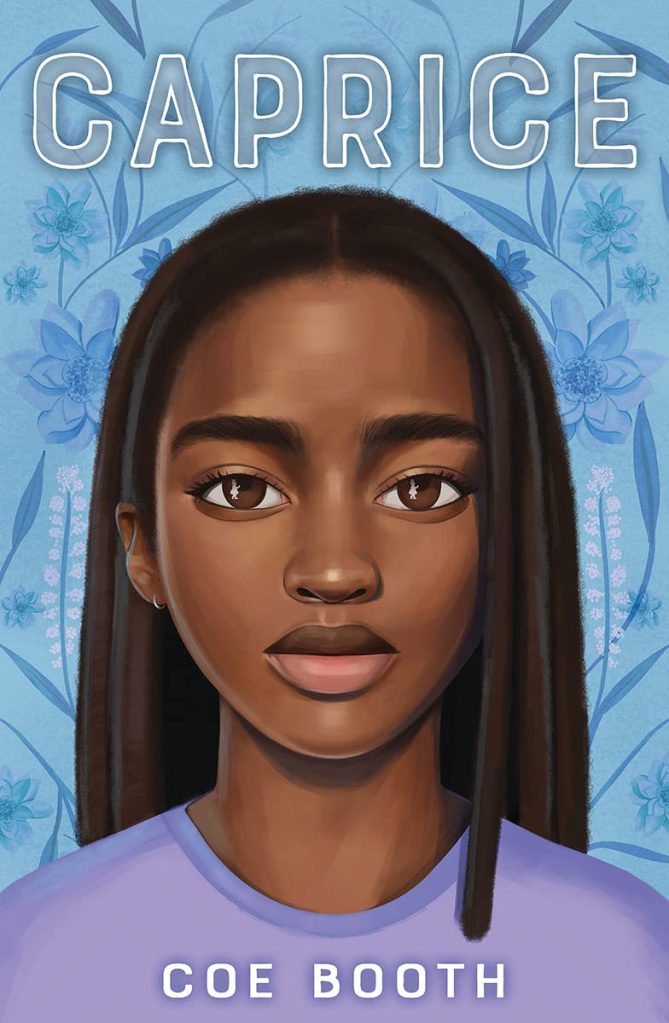Published by Dutton Books for Young Readers
Summary: In this sequel to Wolf Hollow, Annabelle is still trying to recover from the events of that story when she experiences another life-changing event: she is struck by lightning. In the aftermath, she makes two discoveries: her senses are heightened, including an ability to understand animals, particularly dogs; and the bruises on her chest show that someone brought her back to life before she was discovered by her father. Her empathic connection to animals proves useful when dogs in the neighborhood start to go missing. Dogs seem easier to understand than some of the humans around her, including new neighbors Mr. Edelman and his daughter Nora, and Andy, the boy who was partly responsible for the tragic events of Wolf Hollow. As Annabelle’s new powers start to fade, she realizes that they’ve led her to discover some abilities to understand people that she’s had all along. 311 pages; grades 4-7.
Pros: Like all of Lauren Wolk’s other books, this story is a luminous look at human nature with beautiful poetic writing and interesting, well-developed characters. Also, the descriptions of every single meal were mouth-watering.
Cons: I was surprised at how little World War II figured into the story in this book set in 1944.















